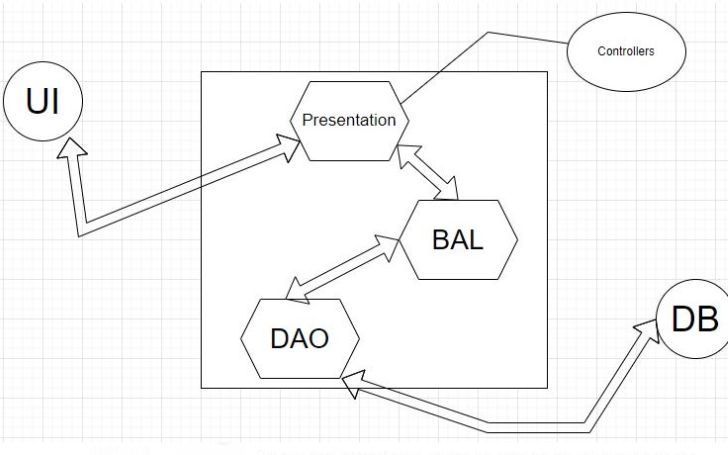In 2000, Microsoft introduced C#, pronounced C Sharp, an object-oriented programming language. This in integrated into the .NET Framework. C# is designed to be simple, efficient, and versatile, making it a popular choice for developing a variety of applications, including desktop, web, and mobile applications.
The .NET Framework is a comprehensive software development framework that offers a runtime environment along with a robust set of libraries and tools for creating and executing applications on Windows platforms. Supporting multiple programming languages, including C#, the .NET Framework facilitates the development of diverse application types, such as desktop, web, mobile, and gaming applications.
The basic architecture of the .NET Framework comprises two essential components:
Common Language Runtime (CLR):
The CLR is the execution engine for .NET-supported languages, managing the execution of code. When an application is executed, the CLR loads necessary libraries and converts the code into machine code, which the computer’s processor can run. Additionally, the CLR provides crucial services like automatic memory management and security, ensuring applications are both reliable and secure.
.NET Framework Class Library (FCL):
The FCL is a vast collection of pre-built functions and classes available for creating a wide range of applications. It encompasses various namespaces that provide access to classes for features such as file I/O, networking, database access, and graphical user interface (GUI) design. The library is complemented by development tools like the Visual Studio integrated development environment (IDE), which offers a comprehensive set of tools for developing and debugging .NET applications.
After knowing the important frameworks of .NET framework, let’s shift our focus to the managed code. The following breakdown is the key aspects of the managed code.
Managed Code And Features
Before doing anything, lets first talk about managed code in brief. So, what is managed code? In simpler words, code that is intended for CLR is managed code, while the code that isn’t is unmanaged code. Now, the features that comes in handy when you decide to take advantage of the c# includes.
- Cross-language interpoliabilty: .Net provides smooth interpoliabilty between the different programs such as VB.Net, and C#.
- State of being portal: Although C# is created with focus on Windows, .NET are designed in order to use over the different platforms.
Read More: Deployment of ASP.Net project.
FAQ on Frameworks on .NET
How to check what version of .net framework is installed
The following is the ways to check what version of .net framework is installed.
- Registry Editor: Open regedit, go to HKEY_LOCAL_MACHINE\SOFTWARE\Microsoft\NET Framework Setup\NDP, and check subkeys for versions.
- Command/PowerShell: Run reg query “HKLM\SOFTWARE\Microsoft\NET Framework Setup\NDP” /s for .NET Framework or dotnet –list-runtimes for .NET Core/.NET 5+.
- File Explorer: Navigate to C:\Windows\Microsoft.NET\Framework and check version-named folders (e.g., v4.0.30319).
- Control Panel: Open Programs and Features and look for Microsoft .NET Framework [version] in the installed programs list.




